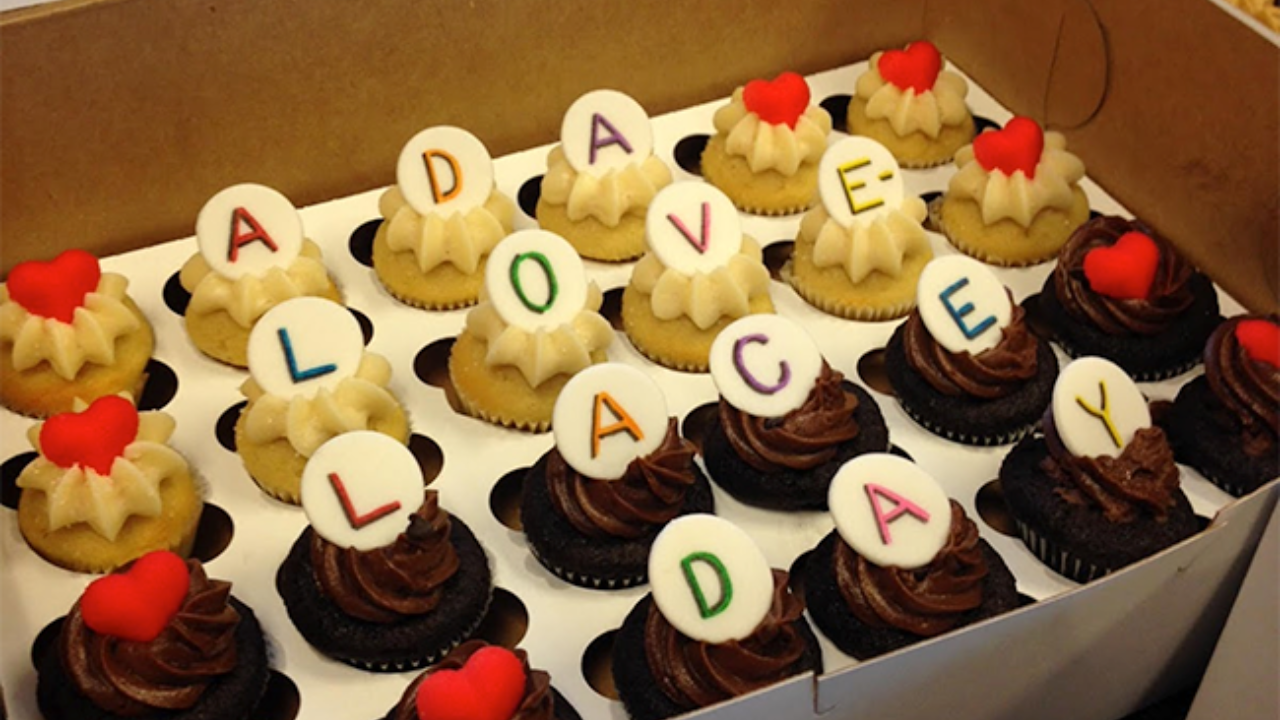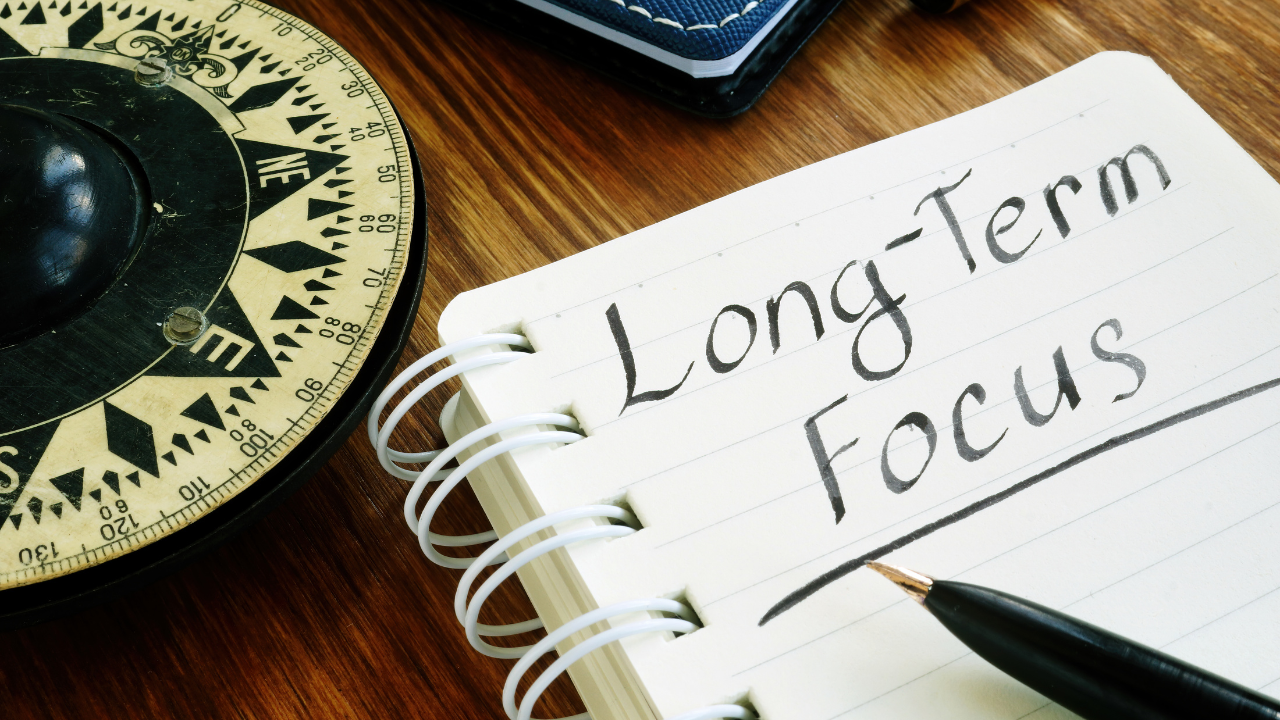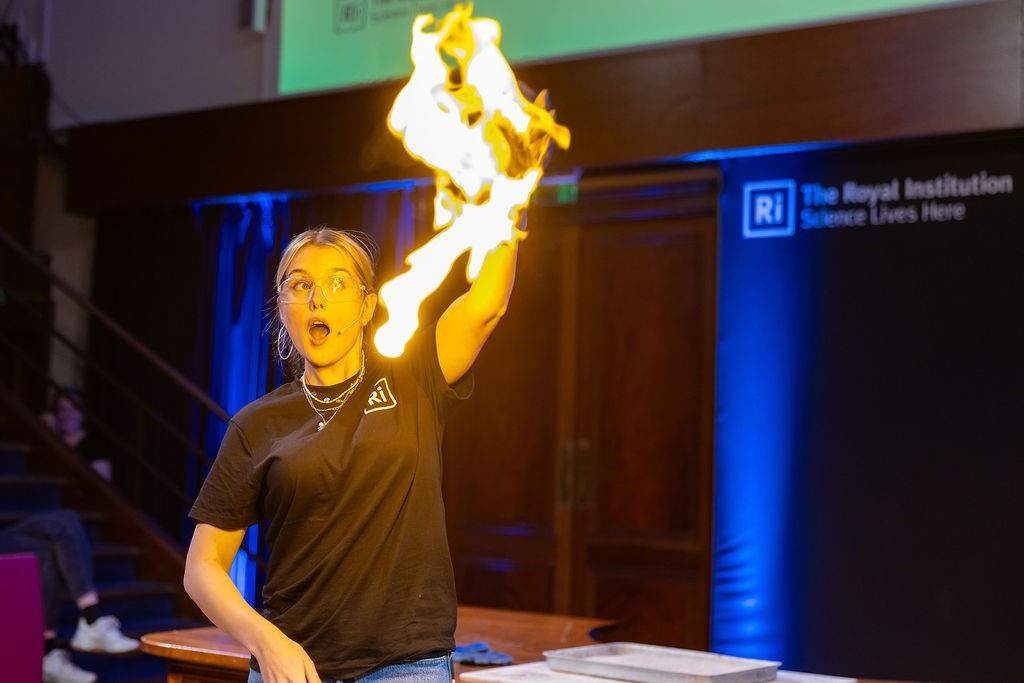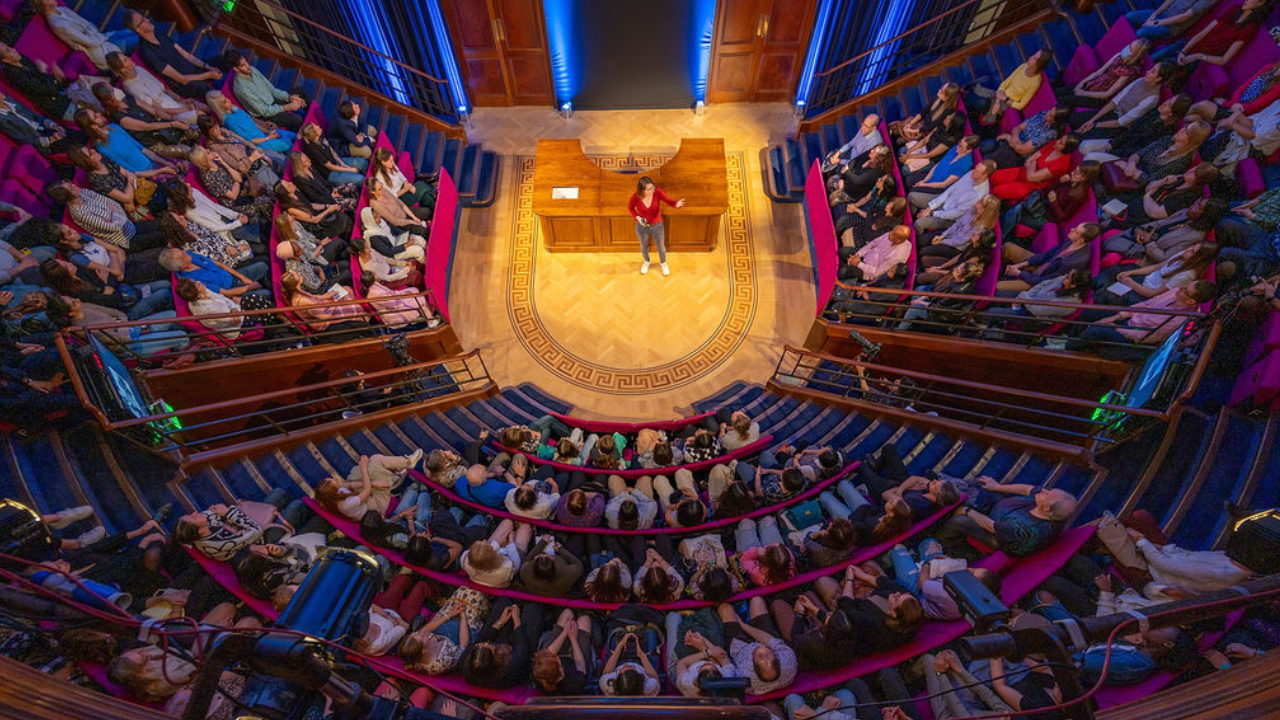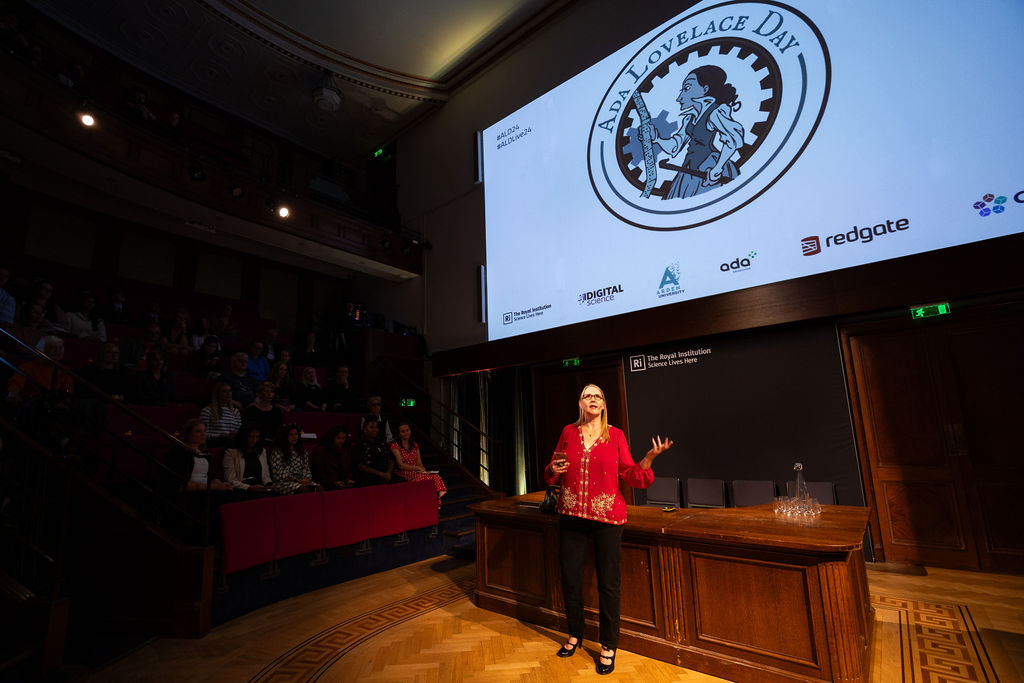
It is with great sadness that I must announce that Ada Lovelace Day, as an annual event and year-round project to support girls and women in STEM, is closing.
Despite the amazing response I have had and continue to have to Ada Lovelace Day Live and other work that I’ve done, and despite the vast number of people around the world who have put on their own Ada Lovelace Day events over the last decade and a half, I have not been able to raise the funding required to keep Ada Lovelace Day Live going.
This means that there will be no further Ada Lovelace Day Live events and nor will I be able to continue the work I do year round, such as giving talks or writing about notable women in STEM.
Ada Lovelace Day as a day in the calendar will continue — it has become a day that is celebrated all around the world and I encourage everyone to continue organising their own independent events.
But there will be no official event, no online blog post marathon and minimal official activity on the day itself. The weekly newsletter will continue, but the monthly newsletter will be put on hiatus for a while whilst I work out what comes next. Our social media presence will now largely be automated and I will continue to mine our marvellous archives for videos, blog posts and articles you may have missed.
Co-creating the future
I said at Ada Lovelace Day Live that I was interested in co-creating the future of ALD, and I am. If you have ideas for fully-funded projects that will contribute to our mission of getting more girls to study and pursue careers in STEM, and supporting women to flourish in STEM careers, please get in touch.
There is still a lot of work to be done, but the world has changed a lot over the last 16 years, and I need to find a way to adapt ALD to this new reality. Events have lost their lustre, so I’m looking for new ways to reach and engage people.
I am particularly interested in talking to individuals and companies who would like to take a novel and exciting approach to inspiring women into STEM, to wit, Fieldwork, my sitcom podcast about women and minority ethnic ecologists working at a field station. Initial development was supported by part of the i-COMET grant, and I will shortly begin fundraising to support script writing/editing and podcast production. Please do drop me a line if you’re interested!
Why is this happening?
The root cause of our closure is a lack of financial support from the STEM industries. Whilst I have had lots of amazing sponsors, to whom I’m very grateful, on average we lost half of our sponsors every year and some years we lost all of them and had to start fundraising from scratch. That meant I had to spend more time fundraising and less time working towards fulfilling our mission to support girls and women in STEM.
Furthermore, the big tech companies, such as Apple, Alphabet and Microsoft, have shown no interest in supporting ALD, despite hoarding some $1 trillion in cash and investments. Apple alone is squatting on $167 billion. They could fund the entire women in STEM sector and not even notice.
Those of you who have been long-time supporters will remember that I’ve been in this situation before — this is not a new problem, even if it’s one that has worsened recently.
I’ve run several crowdfunding campaigns, including one in 2019 which was moderately successful. Despite that, in 2022 I was again looking at a significant financial shortfall. It was only when the BBC covered ALD’s imminent closure that I attracted sufficient sponsorship to continue.
However, this year I raised a fraction of what I needed and, after many conversations with people across industry, it has become clear that the outlook for 2025 is equally poor. The STEM industries, along with others, are pulling away from gender equality work specifically and DEI in general, defunding or closing programs and firing DEI officers. Indeed, Forbes reports that “Meta and Google have quietly dialed back DEI efforts, and Microsoft made headlines when the company eliminated a set of DEI roles within its events team.”
Ada Lovelace Day is not unusual, we’re just the latest in a long list of organisations that have closed or simply gone dark: Tech Girls Movement, 500 Women Scientists, Women Who Code, Tech Talent Charter and Girls in Tech have all closed or halted work over the last 18 months. I know of another 20 or so groups that have gone dark over the last five years.
I began working on what was to become ALD towards the end of 2008 and ran it part-time until 2015, when I raised enough money for it to become my full-time job. Over the last 16 years, I have made significant personal sacrifices to keep it going, but I can no longer afford to run ALD and my life on a shoestring.
Thank you
I’d very much like to thank everyone who has supported me over the last 16 years. There are far too many supporters, volunteers, indie event organisers, advisors and companies to thank by name, but I am grateful to every one of you. Together, we made Ada Lovelace Day a global movement that has reached, supported and inspired millions of people. I feel phenomenally proud of that, and you should too.
— Suw Charman-Anderson, Founder
